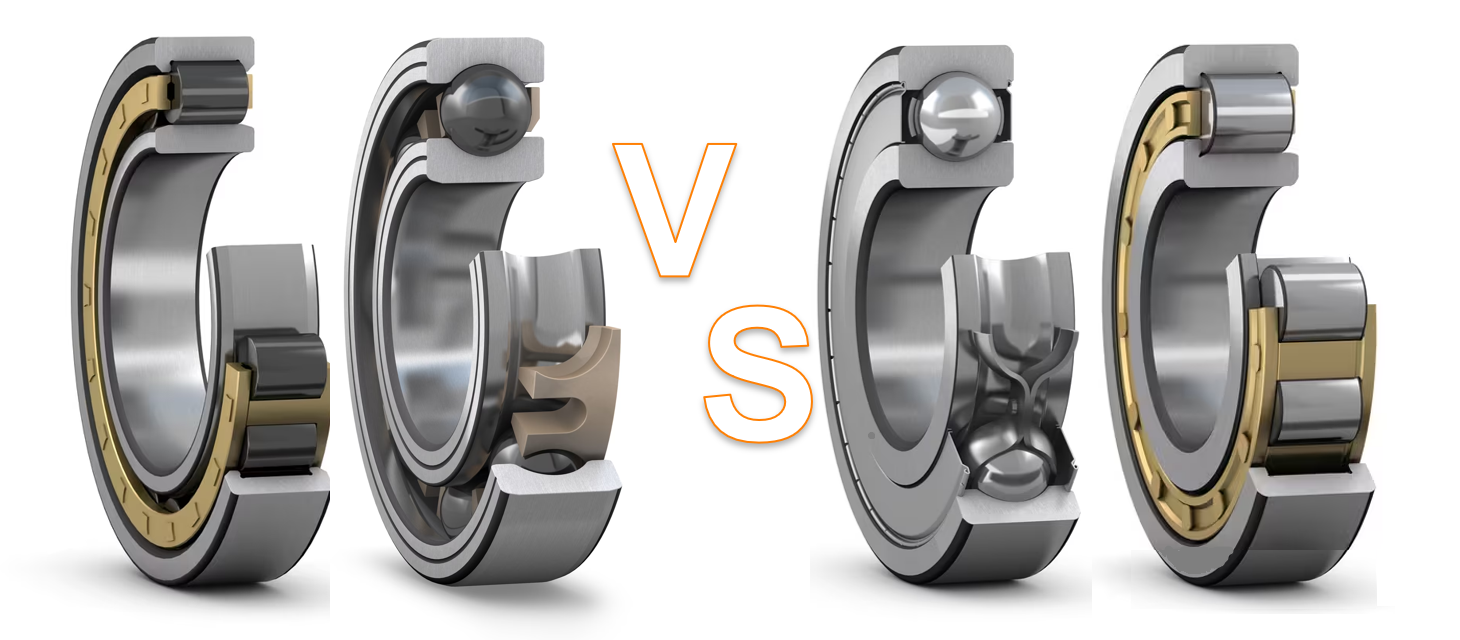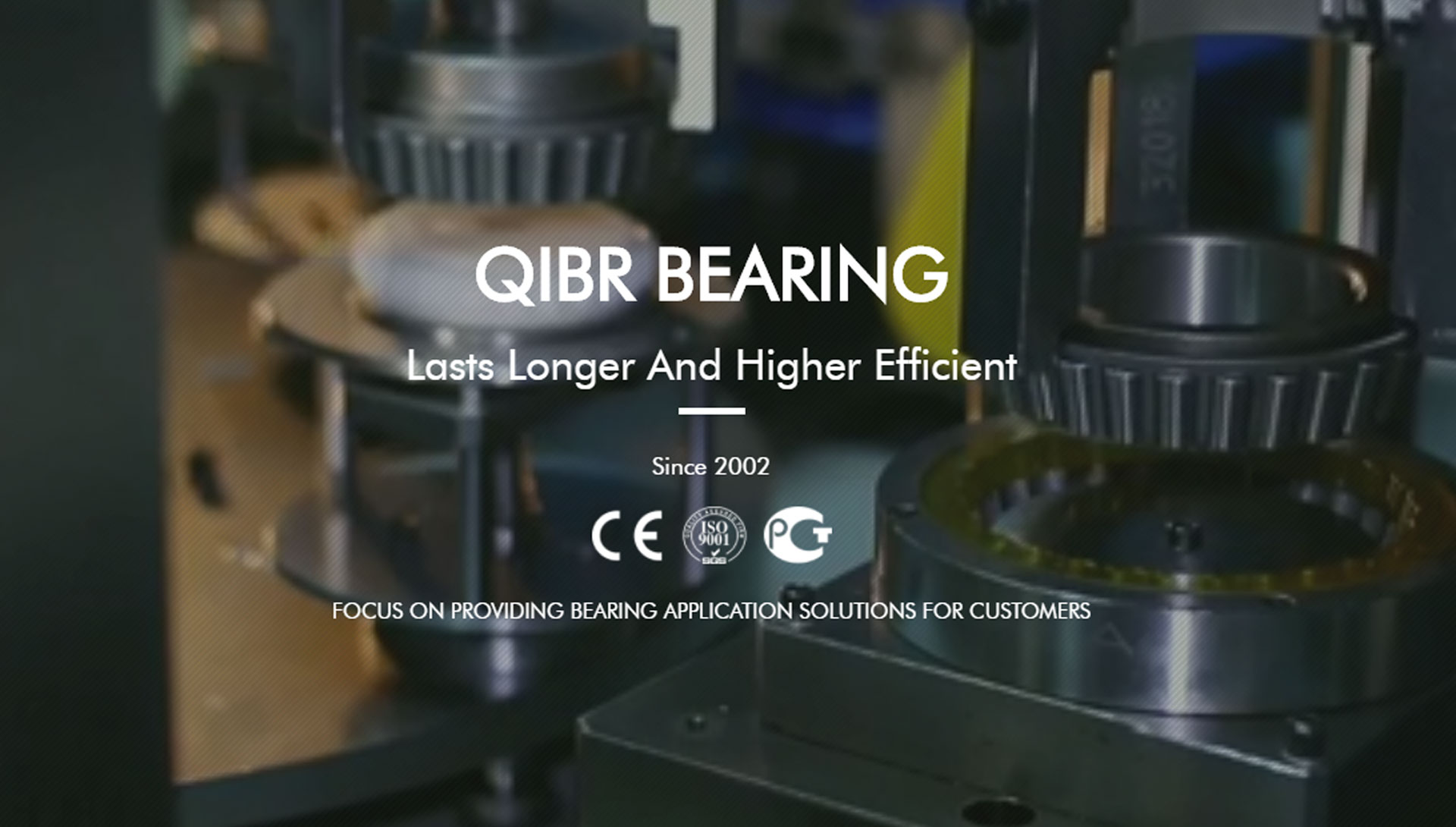PSYZC News
Are hybrid ceramic bearings necessarily better than all-steel bearings?
release time:2024/9/4 15:32:40

Hybrid bearings that use ceramic rolling elements on steel raceways have some well-known advantages over all-steel bearings, such as low weight, good electrical resistance, and good performance under harsh lubrication and contamination conditions. These characteristics make hybrid ceramic bearings indisputably important in specialized applications such as high-speed machine tool spindles.
Over time, the range of uses for hybrid ceramic bearings has expanded further due to advances in manufacturing technology and reductions in material costs. More users are finding that ceramic rolling element bearings outperform all-steel bearings in many cases. For example, they typically exhibit lower operating temperatures, are more resistant to surface damage from particulate matter, and do not suffer from the potential risk of steel-to-steel surface welding, which can occur with conventional bearings under extreme conditions.
Additionally, hybrid ceramic bearings have a lower coefficient of friction for boundary lubrication, which allows them to function more effectively in poorly lubricated applications.
But until now, it has been difficult for engineers to numerically show how hybrid bearings outperform all-steel bearings in an application. According to SKF research, this is because the existing equations that engineers use to calculate bearing rating life do not reflect the actual performance of hybrid bearing designs.
Traditional bearing life models are based on subsurface fatigue. As bearings rotate, bearing components are constantly loaded and unloaded. Over millions of cycles, fatigue accumulates in the material and eventually leads to failure. Engineers can calculate the rated life for a given bearing design based on the loads, speeds, and lubrication information expected in the application. The dynamic load rating of a bearing is primarily used to quantify the subsurface performance of the bearing.
This traditional life calculation model is widely used and included in the international standard ISO 281, but it does not show hybrid ceramic bearings in the best light. Since ceramic rolling elements are stronger than steel balls, they deform less under load, which means that the load is concentrated in a smaller material area and the increased stress accelerates subsurface fatigue. We can understand it this way: under the same operating conditions, very ideal lubrication conditions, and only subsurface fatigue failure occurs in the bearing, then the life of the hybrid ceramic bearing will be shorter than that of the all-steel bearing.
More importantly, real-world experience tells us that bearing failures do not always agree with traditional life calculation models. Based on traditional bearing failure experience, we know that most bearing failures are due to material surface problems rather than subsurface problems, and the root cause is usually damage caused by poor lubrication or contamination. We all agree with this view, and the bearing life correction factors of standard ISO 281 also include the influence of these lubrication factors.
We already know that hybrid ceramic bearings offer advantages in many common situations. When a bearing is heavily loaded but able to operate in a clean, well-lubricated environment, subsurface fatigue is likely to be the ultimate failure mode and a steel bearing may perform better than a hybrid bearing. But many rolling element bearings operate under lighter loads but are more likely to be poorly lubricated or contaminated.
The SKF technical team conducted experiments on four representative real-world applications:
1. In the case of poor lubrication due to oil bath lubrication and insufficient oil film strength in pump bearings, the rated life of hybrid ceramic bearings is 8 times that of equivalent all-steel bearings.
2. For screw compressor bearings using contaminated lubricants, the rated life of hybrid ceramic bearings is 100 times longer than that of conventional steel bearings.
3. In the other two applications, the rated life of hybrid ceramic bearings is very similar to that of conventional bearings under two different loads and the motor is running in clean and well-lubricated conditions.
Summary:
1. Hybrid bearings are typically used in severe lubrication conditions that require high surface fatigue resistance or other potential benefits of hybrid ceramic technology, such as electrical resistance or longer grease life
2. For bearings with high loads and operating in a clean, well-lubricated environment, subsurface fatigue is likely to be the final failure mode, and steel bearings may perform better than hybrid bearings.





